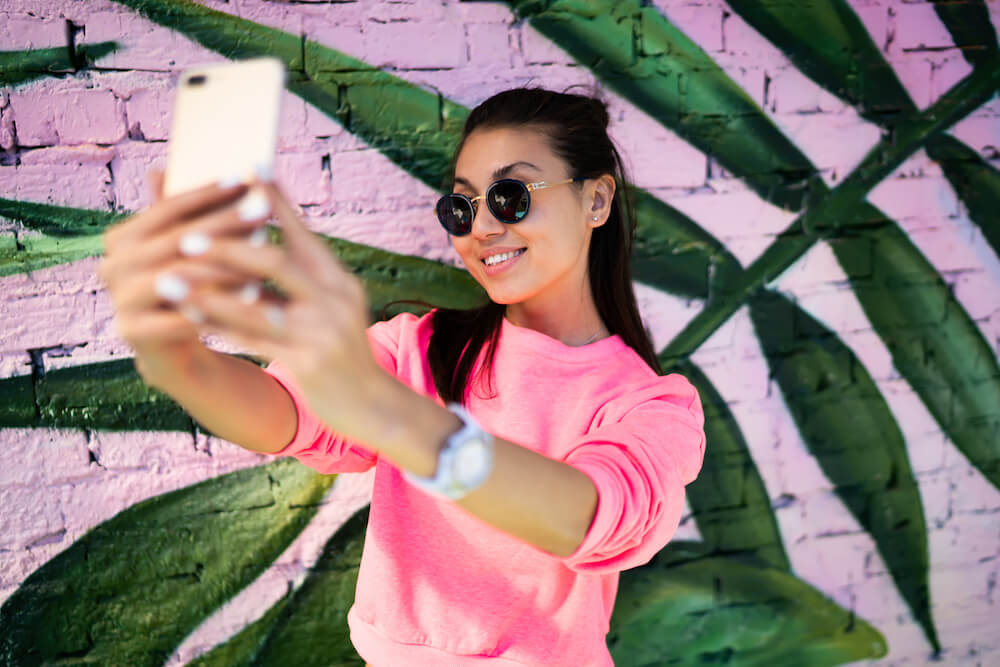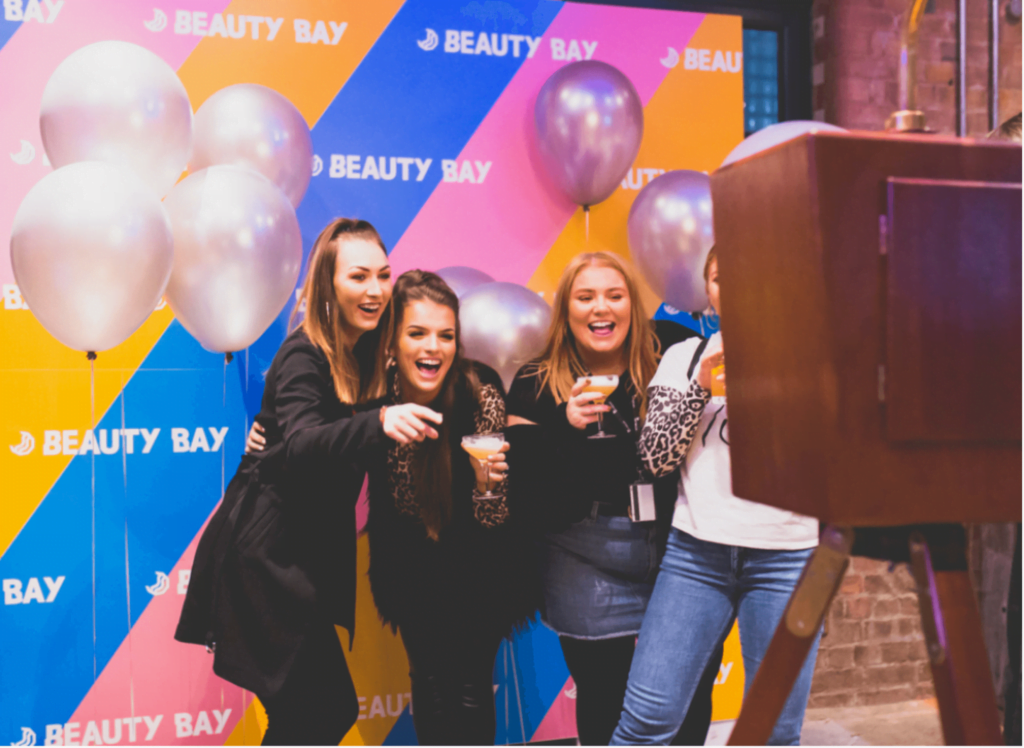Top tips on making influencer marketing work for your brand
When used effectively, influencer marketing has long been established as a dynamic and hugely effective marketing tool for brands and businesses of all kinds. That being said the landscape is constantly changing with marketers needing to be fast to react to new trends and platforms.
How has influencer marketing changed?
The mainstream understanding of influencer marketing comes from our perception of the people behind it – the ‘influencers.’ These people have taken on an almost mythical status in the media over the past few years, attracting both support and criticism. The truth, however, is that utilising these key players is an invaluable tool for those looking to market a product, service or business.
As the influencer marketing machine has picked up pace over the past 10 years, the lines between traditional celebrity culture have increasingly become more blurred with many of today’s top names born from building their own space on social media and earning recognition for the content they produce.
In 2021, the influencer marketing industry is set to be worth a huge $13.8B, according to Influencer Marketing Hub’s benchmark report and after a year stuck inside, it’s seen brands adapt like never before, jumping on new tactics and opportunities to reach new pockets of customers.
Throughout 2020 we’ve seen the landscape change from being primarily dominated by Instagram influencers to the rising trend of TikTok which promotes a less carefully ‘curated’ image, opening the stage for thousands of budding creators to quickly grow their presence at rates never seen before on other social media channels, reaching follower numbers that have previously taken Instagram stars years to achieve.
What makes influencer marketing so successful is the trust audiences have in the influencers they choose to follow. One of the key areas that is seeing growth is an increase of more authentic content shared. There is a reduced emphasis for perfection on influencer’s feeds, and posts are far more real and raw in 2021 compared to the early days of influencers.
Other notable trends include the rise of micro-influencers, with many brands opting for working with a community of partners with followers between 15,000 and 100,000 which benefit from far greater engagement rates from their network of followers and can often be fruitful for ROI, particularly on TikTok.
Why does it work so well?
Ultimately, the followers of these people care about and trust the opinion of the influencer, rather than a brand itself. Using a trusted third party helps consumers feel less like they are being sold to, and more like they are receiving a recommendation from a friend or trusted confidante.
Futureproofing your influencer marketing strategy
- Research new and emerging content trends in your sector. Different platforms work better for certain brands and businesses.
- Decide how you will find your influencers, and spend time ensuring your selections not only match your brand’s values, but they also fit naturally with your influencer’s style.
- Implement clear and effective methods of measurement. Each campaign will have its own unique goals, but social media engagement rates alone do not directly correspond to campaign success. Trial discount codes, tracked links or where applicable or affiliate links to truly see accurate ROI.
See influencer marketing in action with our own examples below. Click on the images to see what we did and find out more about our award-winning influencer marketing agency services here.



